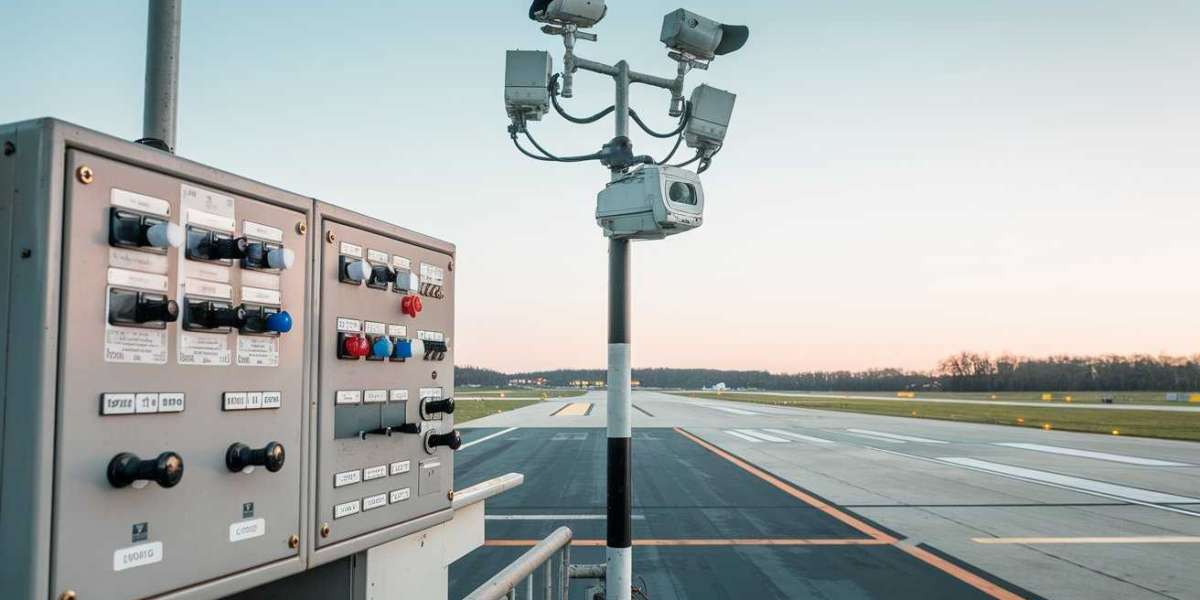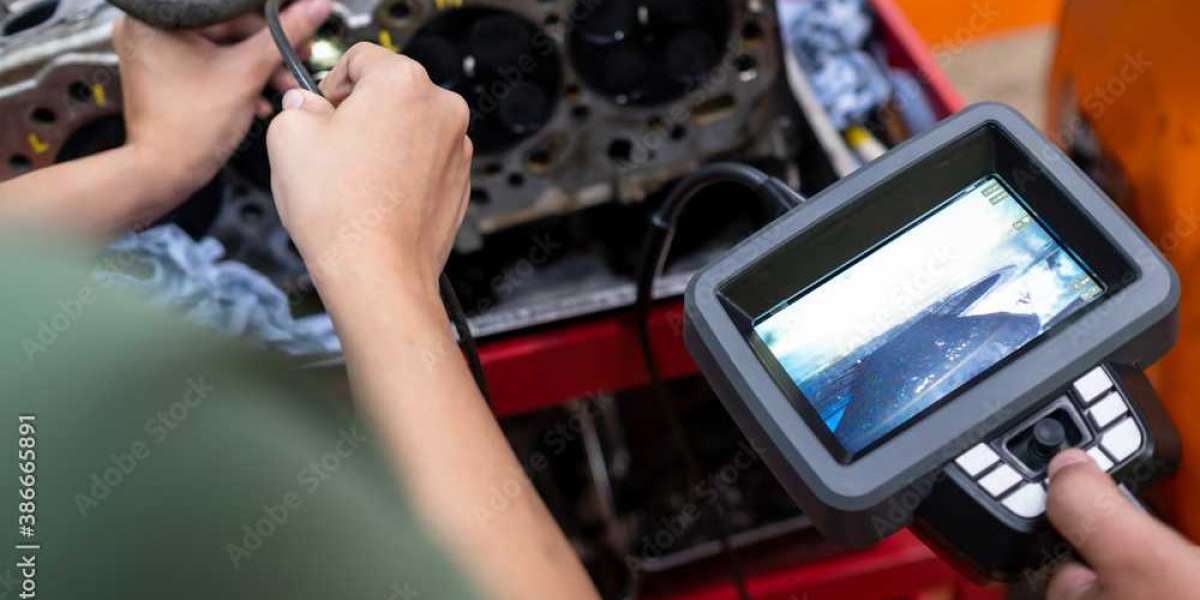Airfield lighting is a critical component of aviation safety, guiding pilots during takeoffs, landings, and taxiing. Any disruption in these lights can pose serious risks, making their reliability non-negotiable. Traditional methods of ensuring airfield lighting functionality relied on manual inspections, but these methods were time-consuming and prone to human error. This is where the Airfield Lighting Remote Monitoring System comes into play, revolutionizing the way airports maintain their lighting infrastructure.
Understanding the Airfield Lighting Remote Monitoring System
An Airfield Lighting Remote Monitoring System is an advanced technology solution that uses sensors and communication networks to continuously monitor the status of airfield lights. This system provides real-time data on the operational status of each light, immediately notifying operators of any malfunctions. It eliminates the need for manual inspections and ensures that airport lighting is always at optimal performance.
Key Components of Remote Monitoring Systems
Sensors: Installed in individual lighting fixtures, these sensors continuously collect data, including light intensity, electrical performance, and operational status.
Communication Modules: These modules transmit the collected data from the sensors to a central monitoring platform, using wireless technologies such as cellular, radio frequency, or satellite connections.
Centralized Monitoring Platform: This is the control center where all data is processed and displayed. Operators can view the status of all airfield lights in real-time and receive automated alerts when any issues are detected.
Benefits of Using Remote Monitoring for Airfield Lighting
Enhanced Safety: Continuous monitoring ensures that any lighting malfunction is detected immediately, allowing for quick corrective action. This reduces the risk of accidents caused by poor visibility on the runway.
Operational Efficiency: Automated monitoring minimizes the need for manual inspections, allowing maintenance teams to focus on other critical tasks. This leads to better resource management.
Cost Savings: By detecting problems early, the system prevents minor issues from escalating into major, costly repairs. It also reduces labor costs associated with manual inspections.
Predictive Maintenance: Remote monitoring systems can analyze data trends to predict potential failures before they occur. This allows for proactive maintenance, extending the lifespan of lighting equipment.
Compliance Assurance: Airports must comply with strict safety standards, and remote monitoring provides the documentation needed to demonstrate regulatory compliance.
How the Airfield Lighting Remote Monitoring System Works
The process begins with sensors installed in each lighting fixture. These sensors collect data on various parameters, such as light intensity, voltage, and temperature. The data is then transmitted to the centralized monitoring platform using wireless communication. If any anomaly is detected, such as a light not functioning properly, an automated alert is sent to the maintenance team. The system can also generate detailed reports on the performance of all lights, which can be used for analysis and optimization.
Real-World Applications of Remote Monitoring
Airports of all sizes, from regional facilities to major international hubs, can benefit from Airfield Lighting Remote Monitoring Systems. For example, an airport in a remote area can use this technology to monitor its lighting without needing a dedicated on-site maintenance team. Larger airports with multiple runways can centralize lighting management, ensuring consistent safety standards across all operational areas.
Best Practices for Implementing Remote Monitoring
Conduct a Thorough Site Assessment: Before installing a remote monitoring system, evaluate the existing lighting infrastructure and identify any compatibility issues.
Choose Reliable Sensors and Communication Devices: Opt for high-quality components that are resistant to weather conditions and designed for long-term use.
Secure Data Transmission: Since the system relies on wireless communication, it is essential to use encryption and secure protocols to protect sensitive information.
Regular Maintenance and Calibration: Schedule periodic inspections and software updates to ensure the system remains accurate and reliable.
Potential Challenges and How to Overcome Them
Initial Investment: The cost of setting up an Airfield Lighting Remote Monitoring System may be high, but the long-term savings in maintenance and repairs often justify the expense.
Data Security: Since the system transmits data wirelessly, it is vulnerable to cyber threats. Ensuring secure communication protocols and regular security updates can mitigate this risk.
Infrastructure Compatibility: Some existing lighting systems may not be compatible with remote monitoring technologies. In such cases, partial upgrades or the use of adapters may be necessary.
Future Trends in Airfield Lighting Monitoring
The future of airfield lighting monitoring is moving towards even greater automation and intelligence. As technologies like artificial intelligence (AI) and the Internet of Things (IoT) become more advanced, remote monitoring systems will gain predictive capabilities. These systems will not only detect failures but will also recommend corrective actions, improving overall efficiency.
AI-Driven Insights: Machine learning algorithms will analyze performance data to identify patterns, predict failures, and optimize maintenance schedules.
Energy Management: Remote monitoring can also help airports optimize energy consumption by adjusting light intensity based on environmental conditions.
Cloud Integration: Storing monitoring data in the cloud allows for easy access, scalable storage, and the ability to integrate with other airport management systems.
Conclusion
In the fast-paced world of aviation, safety is non-negotiable. The Airfield Lighting Remote Monitoring System offers a cutting-edge solution for maintaining the reliability of airfield lighting, enhancing safety, and optimizing operations. By providing real-time insights, predictive maintenance capabilities, and centralized control, this technology empowers airports to maintain the highest standards of safety with minimal manual effort. As remote monitoring continues to evolve, airports that embrace this technology will be better positioned to ensure safe and efficient operations.







